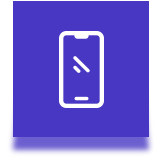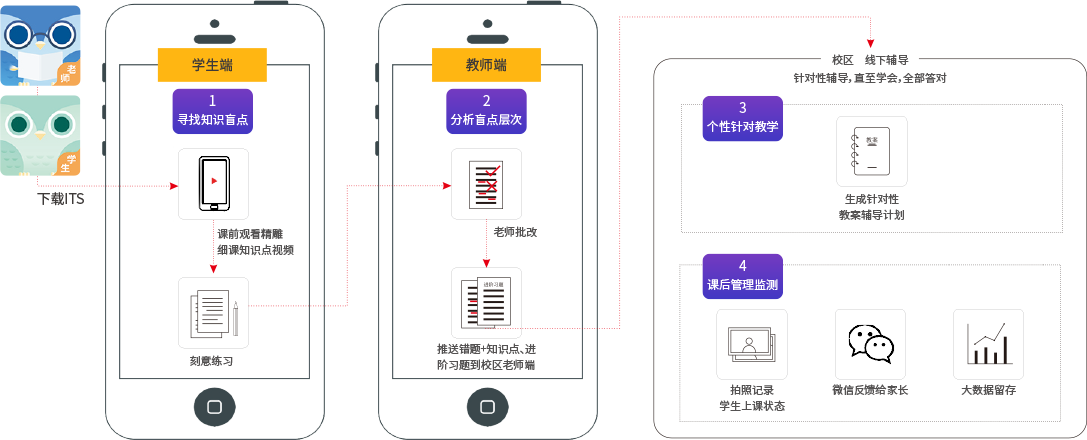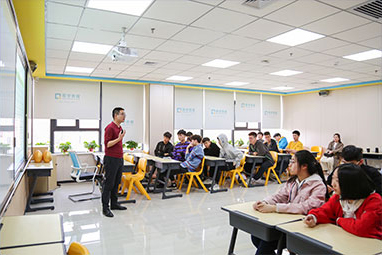渭南的高中补课机构排名如下:
秦学教育:凭借的师资队伍、专业的服务团队、先进的教育辅导系统,秦学教育成功帮助了数以万计的中学生实现了成绩和素质的提升
新东方教育:新东方教育致力于学生学习动机养成、学习习惯培养和应试技巧培训,同时兼顾学生的励志教育和情商培养,提供专业的个性化教育服务
锐思教育:锐思教育专注于中学文化课课外辅导,提供科学规划、循环管理和学习策略,致力于提高学生的学习效率
致学教育:致学教育口碑较好,授课教师经验丰富,课程设置全面,能够为学生量身定制教学计划
学大教育:学大教育提供一对一辅导服务,结合线上和线下的个性化教育服务,帮助学生提分
天材教育:天材教育以学生为中心,提供个性化的辅导方案和“1对1”的教学方式,确保教学质量
博大教育:博大教育不仅注重学生的学习,还关注学生的心理健康,提供全面的辅导服务
腾大教育:腾大教育以务实、创新的精神提供专业的教育服务,致力于打造的教育品牌
老师荟教育:老师荟教育管理严格,提供一对一咨询服务和定制化的学习方案,确保学生的学习效果
朝晨教育:朝晨教育提供一对一的个性化辅导和紧密的家校沟通,确保学生的学习进步
这些机构在渭南都有较高的度和良好的口碑,能够为学生提供优质的教育资源和个性化的辅导方案。

在英语语法题中,判断句子的时态是解题的关键步骤之一。时态的判断主要依赖于句子中的时间状语、动词形式以及上下文语境。以下是一些实用的方法和技巧,帮助你判断句子的时态:
一、关注时间状语
时间状语是判断时态的重要线索,不同的时间状语通常对应不同的时态。
1. 一般现在时
时间状语:always, usually, often, sometimes, every day, never等。
示例:
He always arrives at school early.
She never drinks coffee.
2. 一般过去时
时间状语:yesterday, last week, last year, ago, in 2020等。
示例:
He visited the museum last week.
She arrived in New York two years ago.
3. 一般将来时
时间状语:tomorrow, next week, next year, in the future, soon等。
示例:
He will visit the museum tomorrow.
She is going to arrive in New York next week.
4. 现在进行时
时间状语:now, at the moment, these days, right now等。
示例:
He is reading a book now.
She is working at the office at the moment.
5. 过去进行时
时间状语:at that time, when...(过去的时间点)。
示例:
He was reading a book when the phone rang.
She was working when her friend arrived.
6. 现在完成时
时间状语:already, yet, just, ever, never, so far, up to now, recently等。
示例:
He has already finished his homework.
She has never been to Paris.
7. 过去完成时
时间状语:by that time, before, until, when...(过去的过去)。
示例:
He had finished his homework by that time.
She had left before I arrived.
二、观察动词形式
动词的形式也是判断时态的重要依据,尤其是不规则动词的变化。
1. 一般现在时
动词形式:动词原形或第三人称单数形式(-s或-es)。
示例:
He reads a book every day.
She likes to play the piano.
2. 一般过去时
动词形式:动词的过去式(规则动词加-ed,不规则动词变化)。
示例:
He read a book yesterday.
She played the piano last night.
3. 一般将来时
动词形式:will + 动词原形 或 be going to + 动词原形。
示例:
He will read a book tomorrow.
She is going to play the piano next week.
4. 现在进行时
动词形式:be + 动词-ing形式。
示例:
He is reading a book now.
She is playing the piano at the moment.
5. 过去进行时
动词形式:was/were + 动词-ing形式。
示例:
He was reading a book when the phone rang.
She was playing the piano when her friend arrived.
6. 现在完成时
动词形式:have/has + 动词过去分词。
示例:
He has finished his homework.
She has played the piano many times.
7. 过去完成时
动词形式:had + 动词过去分词。
示例:
He had finished his homework before he left.
She had played the piano before she moved to New York.
三、结合上下文语境
在没有明显时间状语的情况下,上下文语境是判断时态的重要依据。
示例:
When I arrived at the station, the train had already left.
(从“arrived”可以判断主句是过去时,从句用过去完成时。)
She has been to Paris three times this year.
(从“this year”可以判断用现在完成时。)
四、总结常见时态标志词
为了判断时态,可以总结一些常见的标志词和对应的时态:
时态标志词
一般现在时always, usually, often, sometimes, every day, never
一般过去时yesterday, last week, ago, in 2020
一般将来时tomorrow, next week, in the future, soon
现在进行时now, at the moment, these days, right now
过去进行时at that time, when...(过去的时间点)
现在完成时already, yet, just, ever, never, so far, up to now, recently
过去完成时by that time, before, until, when...(过去的过去)
五、练习方法
专项练习:通过语法练习题,专项练习时态的判断。
总结错题:分析错题原因,总结常见错误,避免重复犯错。
判断训练:在练习时,尝试判断时态,提高反应速度。
上下文练习:通过阅读理解或完形填空,结合上下文判断时态。
六、示例分析
例题1:
By the time he was 18, he ______ (finish) high school.
分析:
时间状语是“by the time he was 18”,表示“过去的过去”,因此用过去完成时。
答案:had finished
例题2:
She ______ (work) in this company for five years now.
分析:
时间状语是“for five years now”,表示“从过去到现在”,因此用现在完成时。
答案:has worked
例题3:
When I arrived at the station, the train ______ (leave).
分析:
主句是“arrived”,表示过去时,从句表示“过去的过去”,因此用过去完成时。
答案:had left
总结
判断句子的时态需要从时间状语、动词形式和上下文语境三个方面入手。通过总结常见标志词、专项练习和错题分析,可以有效提高判断时态的能力。









































